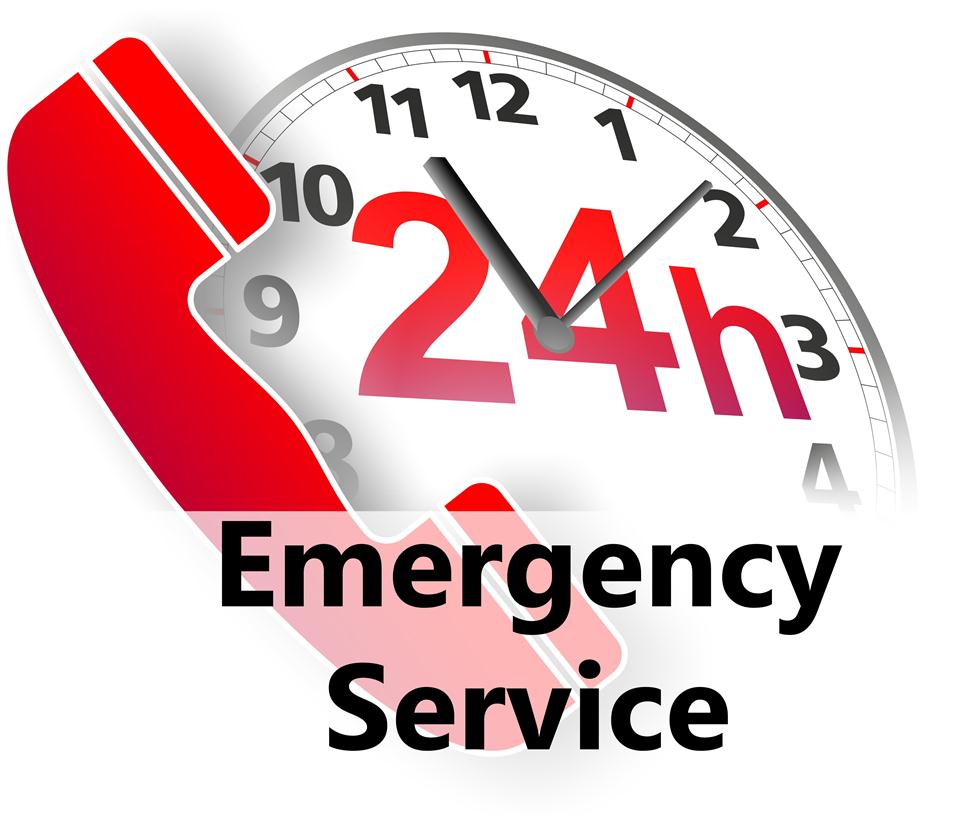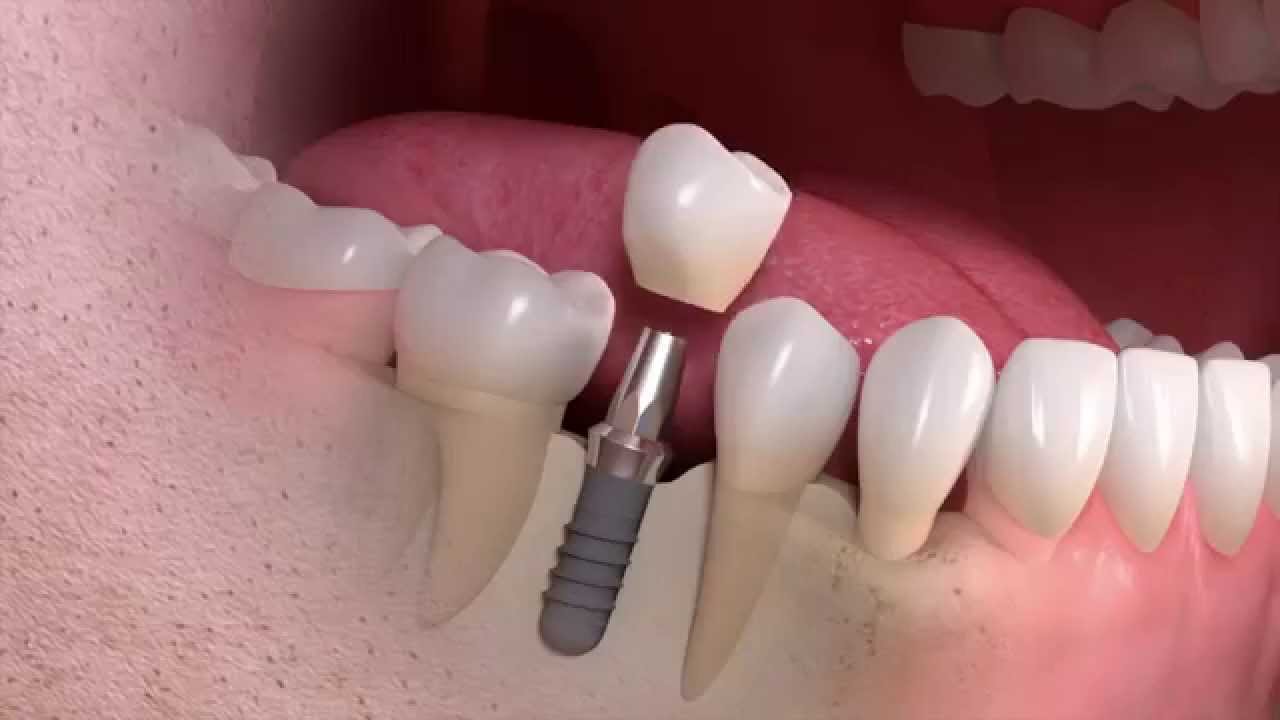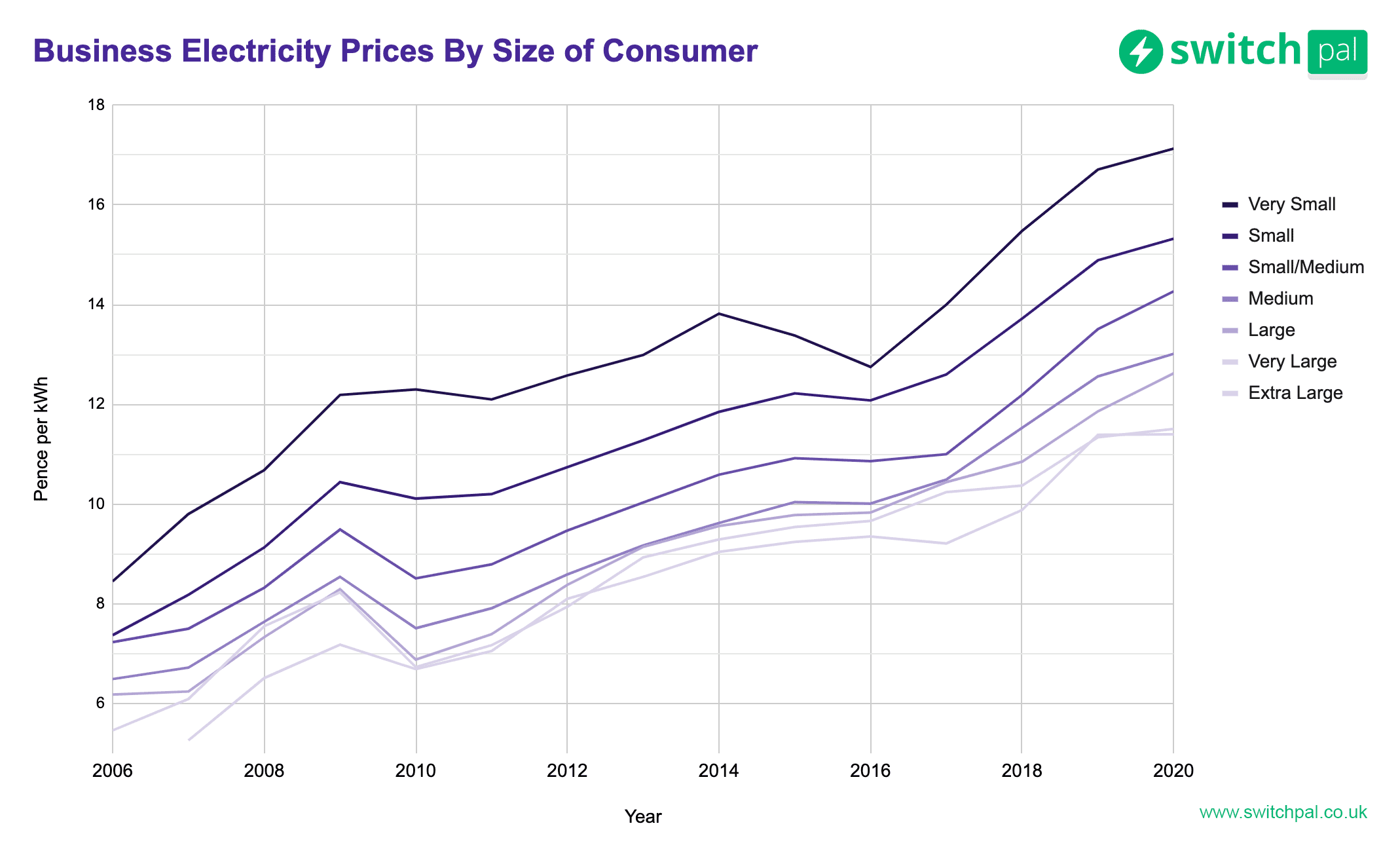It’s a good thing there’s a plethora of restart loans to consolidate your dept to choose from, as borrowers have different financial problems. There are various forms to choose from: fixed interest, graduated, and income-based repayment plans, among others. The most important part is choosing the right one for you. When you consolidate smaller loans into your mortgage, you can get rid of debts that have high interest rates. Making your restart loan or reboot loan easier to manage.
It is recommended that you seek professional advice from a bank or a loan broker. The main reason is that you will need to provide your home as collateral. Therefore, if you do not pay back your restart loan, the lenders can take your house. A professional loan broker will steer you in the right direction for the type of restart loan that will suit your circumstances. Cantine Faralli recommends that you read the article blogginnlegg på Finanza om omstartslån for further advice.
Not everyone is lucky enough to have a private loan. You might find yourself enrolled in an interest-free federal student loan. If so, that’s one less monthly bill to worry about.
Aside from the aforementioned interest-free federal student loan, the Department of Education has a variety of other options for you to choose from. They’ve also got you covered with the latest in student loan news and updates. Keep in mind that some loan servicers have stopped servicing federal loans. As such, you’ll want to make sure you’re using a reputable company.
One of the coolest features is the opportunity to check out a range of different income-driven repayment plans on the Department of Education’s website. This is particularly true for those who are looking for the most affordable option. Choosing the right plan will help you save money while still ensuring you’re making the most of your federal student loans. Fortunately, the department has rolled out a slew of tips and tricks to help you get on track.
The most important thing to do when it comes to restarting your student loans is to keep in mind that you might be eligible for the best plan for your particular situation. For instance, if you were previously enrolled in a federal loan that was not eligible for an income-driven repayment plan, then your loan servicer may be able to offer you a lower payment on your current loan. Similarly, if you were not a recipient of the largest student loan, you might be entitled to a smaller, yet still interest-free loan.
When it comes to identifying the best plans for you, you’ll need to put in a bit of effort. First and foremost, if you haven’t done so already, make sure you update your autopay. This will ensure that your loan payments will be automatically deducted from your bank account. Even better, you might want to consider a credit card with no interest for a while. Those who haven’t gotten around to securing a bank card with no interest might be in for a rude awakening come April.
A few things to consider are the loan’s maximum allowed balance, the loan’s repayment schedule, and the repayment interest rate. In addition, you might need to be mindful of other factors, including your monthly budget and the cost of living in your city. Once you’ve figured out these things, you can rest easy knowing that you’re on the right track.
The most effective method for achieving this goal is to contact your loan servicer and inquire about the most affordable payment options. Some loan servicers may even be more than happy to recommend you apply for a loan with no interest.
A home equity loan or a HELOC is a good way to consolidate your debt. It’s a great way to pay off higher interest debts and save on interest over time. If you have a good credit rating, you can borrow up to 85% of the value of your home. The interest rates are typically lower than those on your credit cards, and the monthly payments will be much more manageable. However, if you’re going to use a HELOC, be sure to choose a lender with a solid reputation for paying you back on time.
A HELOC is a kind of second mortgage, but the interest rates aren’t always the same. You can often get a loan for up to 75 percent of the value of your home, though the limits vary from lender to lender. Your interest rate will also depend on your credit score and the size of the loan you choose.
A home equity loan is another great way to reduce your debt. This type of loan is a second mortgage, meaning that it will be paid off with a regular monthly payment, separate from your primary mortgage. But this type of loan will put your home at risk if you fall behind on your payments.
There are other options, however, if a home equity loan isn’t right for you. Personal loans can be a less expensive alternative to a home equity loan, and they’re also easier to qualify for. Alternatively, you could try to negotiate with your creditors to lower your interest rates.
Other forms of consolidation include a mortgage refinance, which replaces your current mortgage with a new one. Both of these options are effective ways to simplify your monthly payment, and a mortgage refinance is often the best way to save on interest.
A home equity line of credit (HELOC) is a type of second mortgage, but it’s a bit more like a credit card at first. With a HELOC, you draw on the credit line to pay for various bills and expenses. While the repayment will be separate from your mortgage payment, you will be required to make payments on an installment schedule after the draw period. These loans have variable interest rates, but you’ll usually receive a lower rate than if you owe the money to your lender.
There are many options for consolidating your smaller debts into a larger mortgage, but there are some that are better than others. For example, a mortgage refinance is a good way to streamline your monthly payments, but it may not be the most affordable option. Some people prefer to do things the old-fashioned way, and a negotiated debt settlement can be a good option if you’re not willing to put your home at risk.
In addition to the most obvious choices, there are more obscure methods that can help you save money over the long haul. A personal loan, 401(k) loan, or even a 0% balance transfer card are less risky alternatives to a mortgage.






















/cdn.vox-cdn.com/uploads/chorus_image/image/63932706/Screen_Shot_2019_06_01_at_8.47.36_AM.0.png)



